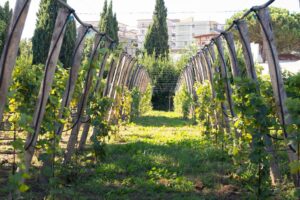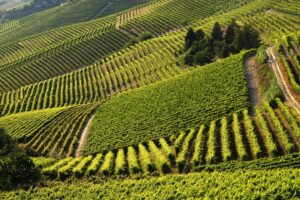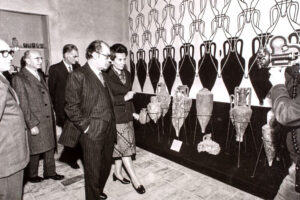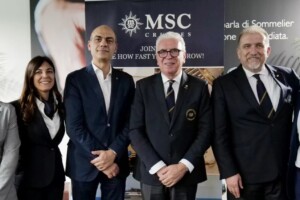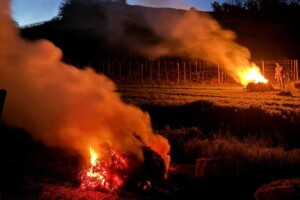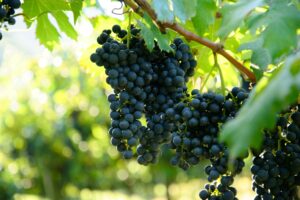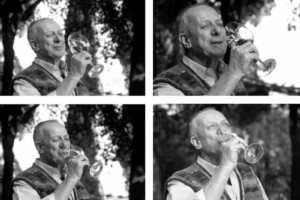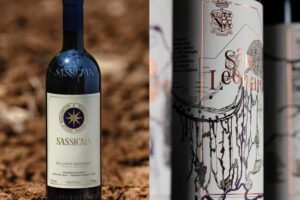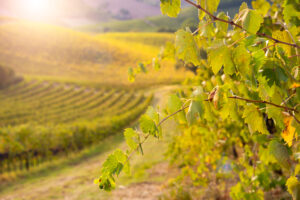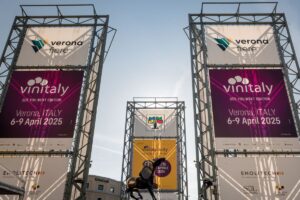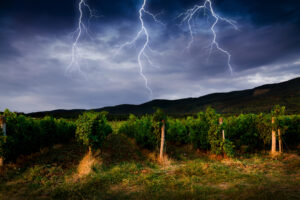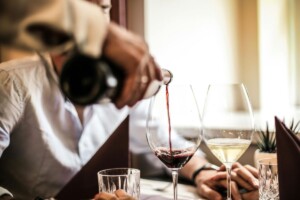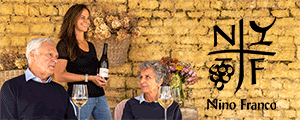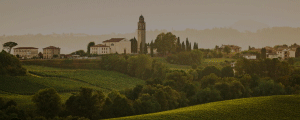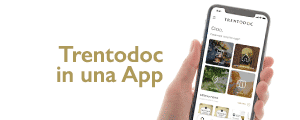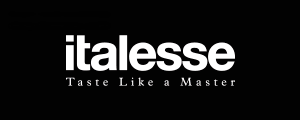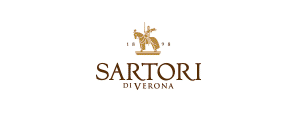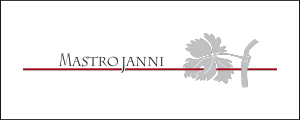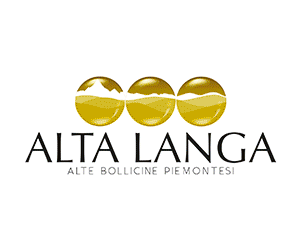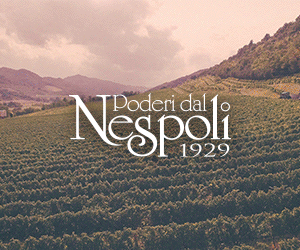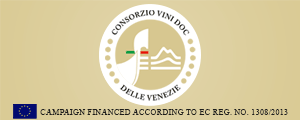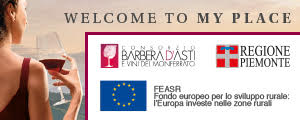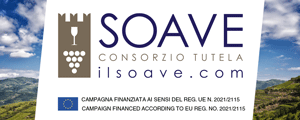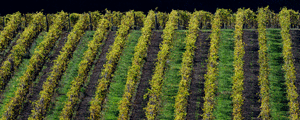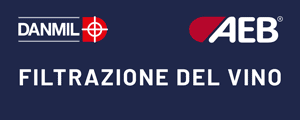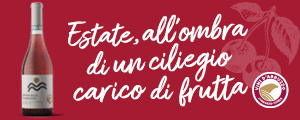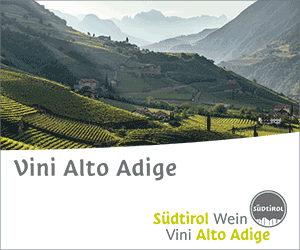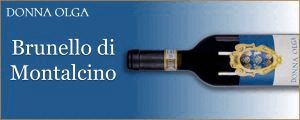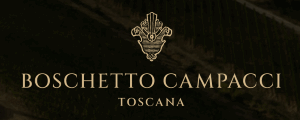The first real social media, Facebook, which started out on US campuses and has become a leading business in Silicon Valley, has generated such huge numbers both of users and income that even in the wine & spirits world many have focused on the potential of Mark Zuckerberg’s creation. The question is, though, how much can such a general approach increase "brand awareness" and expand the number of regular and potential consumers? Juan Park, analyst at "Wine Intelligence" (www.wineintelligence.com), answered with a laconic - and supported by numbers: "not much".
Park’s analysis starts with a very specific question, namely is the content posted on a social platform (Facebook in particular) to create a positive return for the brand, especially considering the younger generation, i.e., those for whom smartphones are tools for interpreting reality? According to traditional theory, a tool that conveys information through a device that is familiar to more and more people would be perfect for a macrocosm like wine, which is fragmented and certainly not easy for non-experts to understand. But, Park says, case studies on the subject do not give much support to this thesis.
Examining three “secure” names in the wine world for numbers and turnover, like Barefoot, Villa Maria and Vega Sicilia, and comparing the numbers of their followers on Facebook in the US and the UK with all the consumers aware of these brands, you can easily get a rough percentage of those consumers (potential and actual) that widen their awareness of the brand in question on Facebook. And the numbers speak for themselves, since even the Barefoot’s million followers in the US are just 1.7% of all consumers aware of the brand. In other words, posting on Facebook the company misses 98.3% of the total potential consumers.
What’s more, the mechanisms with which Facebook "adapts" the feed to its user’s tastes (the clicks and the reactions that the user assigns to the post) do not help. Following a brand is not the same as being an active follower, or dwelling on the post, devoting attention - finite and increasingly disputed resource, on Facebook and others- and leaving feedback.
According to industry estimates, the percentage of followers who sees a corporate post is between 2 and 10% and only about 11% of them interacts with the post. So, in the case a company’s posts are seen by 10% of the total of its followers 0.5% of its base of potential consumers see them, and 0.05% interact with them.
The same thing happens in the UK, where case studies regarding Campo Viejo and Casillero del Diablo show that, even counting on phenomenal sales, the percentage of consumers who know the brand in question and who follow the company page does not reach 1%, stopping, respectively, at 0.7% and 0.1%.
Park concludes his analysis on a somewhat comforting note. Although the percentages speak clearly - and refer to consumers / followers already aware of the brand – they do not indicate that social media are not the key to the business’ success, but rather at the moment it comes from somewhere else. To achieve success it is necessary to broaden ones audience of potential consumers, that is, "brand awareness".
The enormous success of Casillero del Diablo and Campo Viejo was due to far more traditional instruments, including street food events and promotional campaigns on traditional billboards, radio and television. No offence intended to the power of social media marketing...
Copyright © 2000/2024
Contatti: info@winenews.it
Seguici anche su Twitter: @WineNewsIt
Seguici anche su Facebook: @winenewsit
Questo articolo è tratto dall'archivio di WineNews - Tutti i diritti riservati - Copyright © 2000/2024











